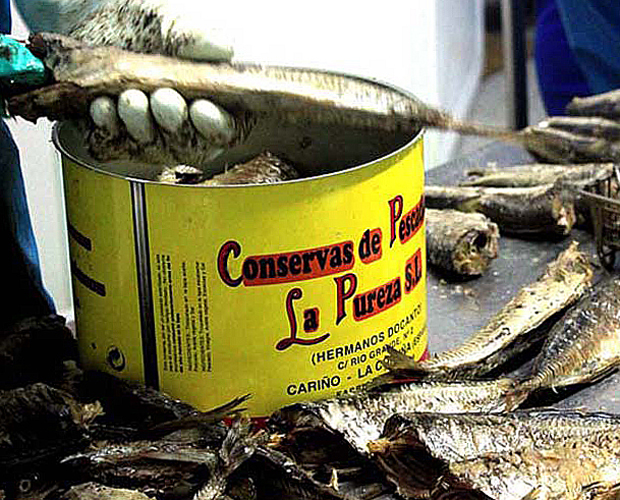Gastronomy
Local examples of Galician cuisine can be sampled in any small town. All sorts of fish and seafood from the estuary, like goose barnacles from Cedeira, the famous octopus from Mugardos or canned food and the salted sardines from Cariño. Inland, you can sample peppers from O Couto, bread from Neda, almond cookies and mushrooms from As Pontes de García Rodríguez, the grelos (turnitp tops) of Monfero and Cerdido, beef from A Capelada, honey from San Sadurniño and Moeche, home of the famous “tetilla” cheese.
Quality cuisine
The destination Ferrolterra – Rías Altas offers a mix of inland and coastal tourism. High quality products produced from the land and sea, together with the food festivals organized all over the region, make the local gastronomy a tourist attraction all of its own.
We invite you to travel around this destination, where you will find out many friendly restaurants. The market and its seasonal products define these cuisines, those more traditional and the innovatives ones.
Find out where to eat.
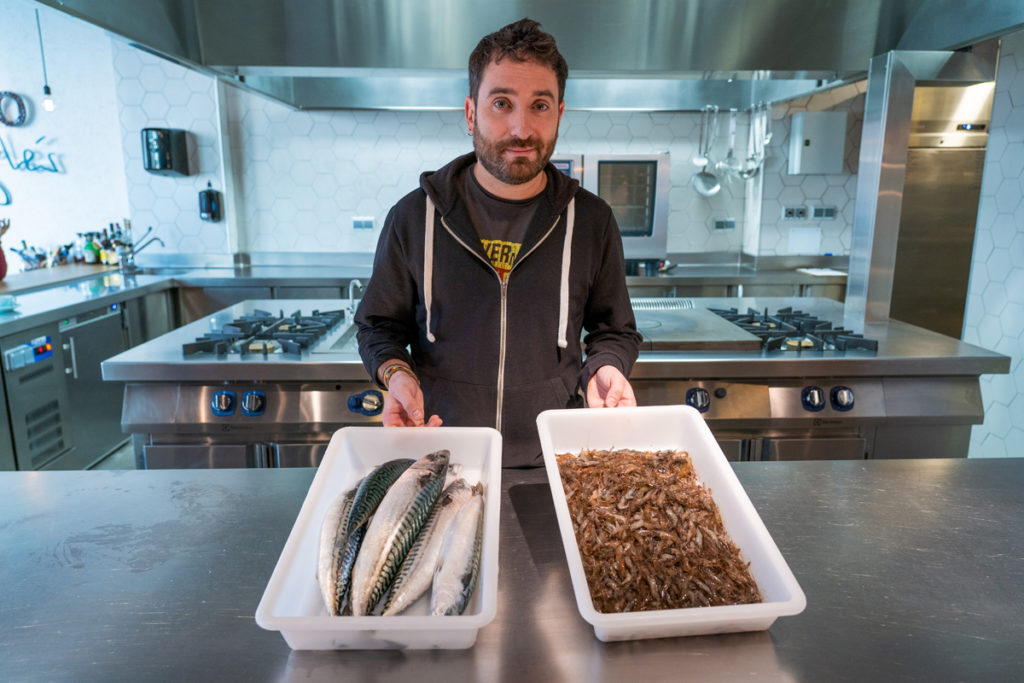
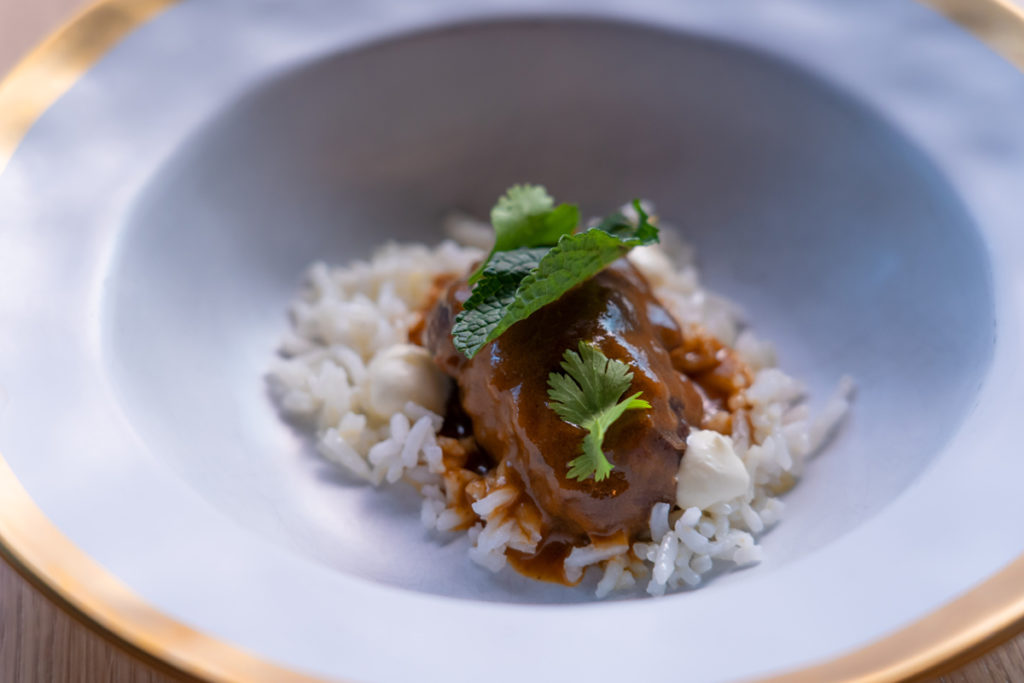
Peppers from Couto
These are dark green peppers, with matte colour and about four to eight centimetres long (1.5 to 3 inches). The O Couto pepper has a mild scent. When tasted, it’s nice and juicy, with barely any seeds and a slight herbal taste.
A variety of the species Capiscum Annuum L., it is not spicy because of the absence of capsaicin. For this reason, they are becoming more and more popular among consumers.
The “Pemento do Couto” pepper is named after the monastery of San Martiño de Xuvia, located in the parish of O Couto, in the municipality of Narón.
Where is it grown?
In 2010, this exquisite pepper was designated with the quality seal of Protected Geographical Indication. This is to certify that the product meets specific features typical of the cultivation area. The Pemento do Couto is grown in the municipalities of Narón, Ferrol, Neda, Valdoviño, Cedeira, San Sadurniño, Moeche, As Somozas, Fene, Ares and Mugardos, which are all part of the region of Ferrolterra.
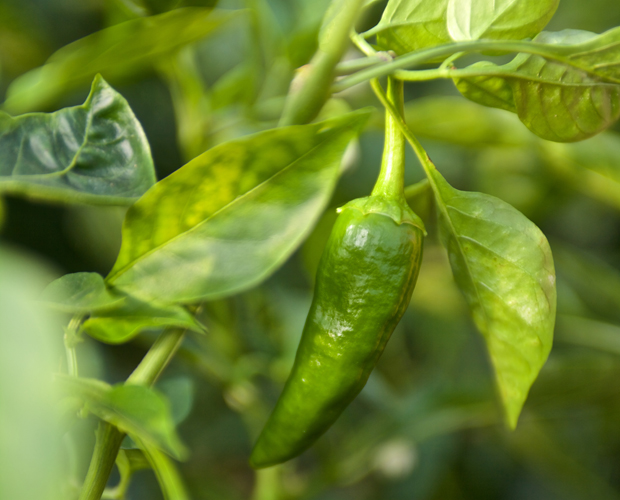
Bread from Neda
The great quality of the water in the area gives the bread great flavour. Thanks to this, Neda has been the Galician capital of wheat since 1588, when the Casas Reales was established in the town. The Casas Reales was a sponge cake factory that provided food for the army of the Kings of Spain for over a century.
While you’re in Neda, don’t miss the opportunity to taste the bread on the first day of September, when the Festa do Pan de Neda is celebrated. In 2013, this festival was listed as being of Tourist Interest in Galicia.
Wheat watermills
The Route of the Watermills, built in the Middle Ages along the river Belelle, is another tourist attraction related to the bread of Neda. This route is free of charge and can be booked in advance all year round. On this route, you will learn how bread is made in O Roxal, one of the watermills renovated to preserve the tradition of the town. At the end of the tour, visitors also have the chance to sample some other traditional products of Neda. On this route you can also experience the exceptional environment.
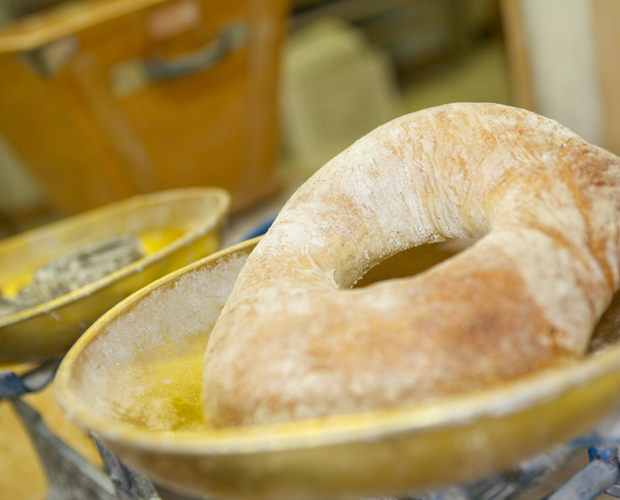
Octopus from Mugardos
Mugardos is famous for its traditional cuisine of high quality products and a wide range of sea products. The octopus is the undisputed star of the menu.
The coastal town of Mugardos has been devoted to fishing this precious mollusc. In the inland fairs of Galicia, the octopus most in demand is that of Mugardos, due to the high quality of the product and also to the unique way of cooking it, different from the rest of Galicia. Octopus cooked in the mugarsesa style is world famous. It is cooked in sea water until tender, then cut into pieces and added to the frying pan. A sauce with olive oil, finely-chopped onion and sweet paprika is prepared. It is served with “cachelos” (potatoes boiled with the skin).
The Festa do Polbo de Mugardos, listed as National Tourist Interest in Galicia, takes place on the second Saturday of July.
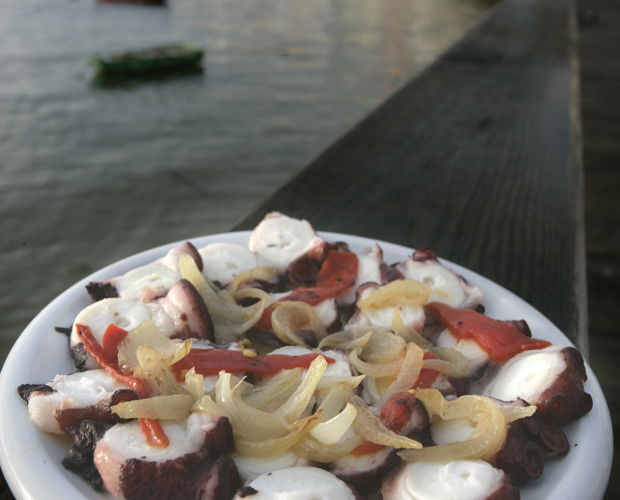
Canned food from Cariño
When we talk about canned food in Cariño, we refer to different commercial brands in the canning industry of the town. All the products are well-known for high quality, due to the excellent fish and sea-food they are produced from.
These product are manufactured according to a tradition that dates back to the end of 19th century. This delicious delicacy can be found in local markets and in the shops of the town, as well as in the factories.
All types of delicatessen canned food can be found in Cariño. Northern albacore tuna, cod, conger eel, mackerels, octopus, muscles, scallops; cooked with scallop sauce, marinated or simply with olive oil.
But, of all the fish, the highlight of the menu is the “lañada” sardine. It is actually semi-preserved by salting. The “cariñes” style is a secret but can be sampled in August in the Festa da Caldeirada de Raia e da Sardiña Lañada; this festival is a must!
More than fish
In recent years, the high-quality agricultural produce of Cariño has also sold been sold as canned food. Tomato and kiwi jam, or even canned “grelos” are made as well as seasonal products.
